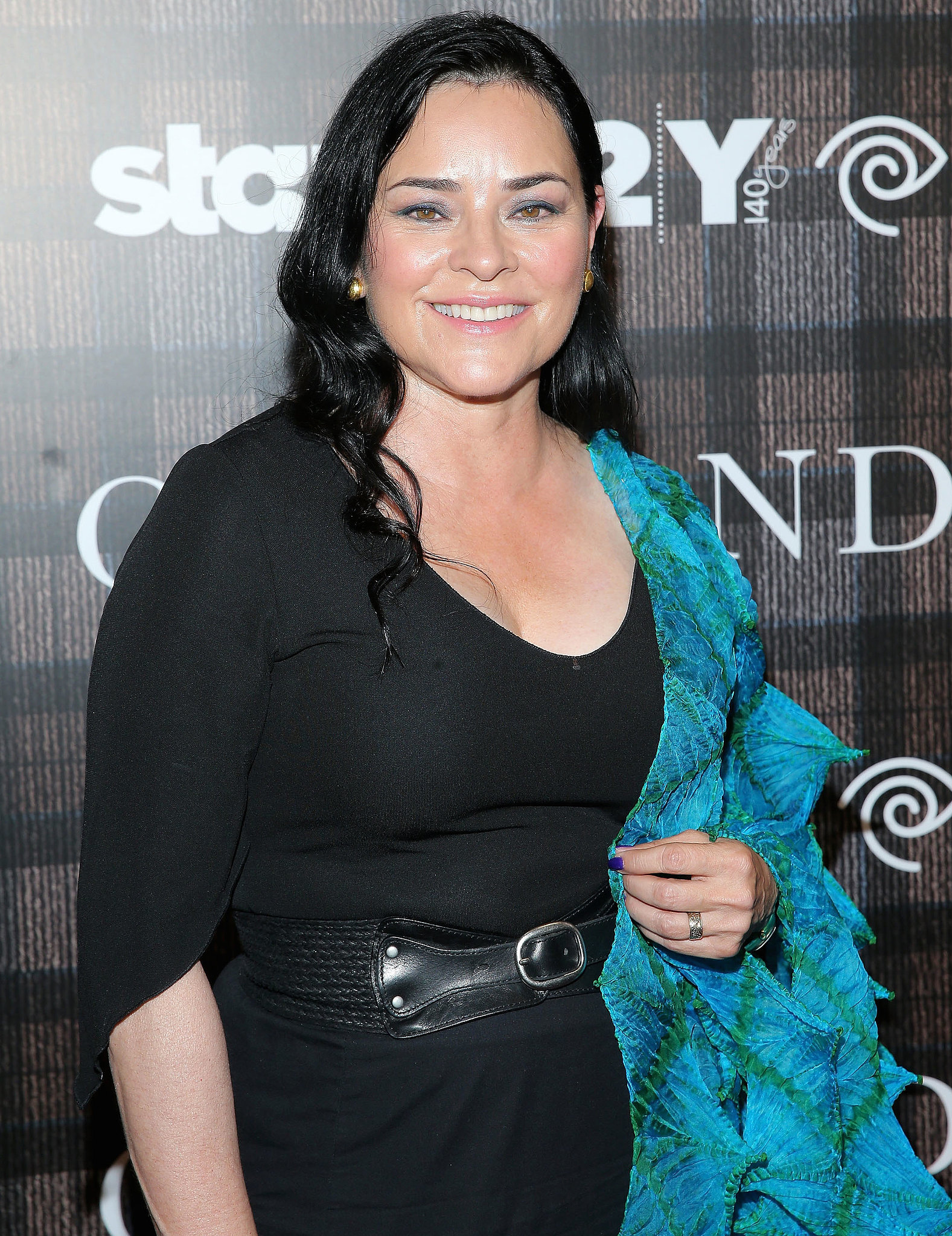

The Shorter, Less Indescribable Novels that are more or less historical mysteries (though dealing also with battles, eels, and mildly deviant sexual practices). Note that the major novels should be read in order.Ģ. These are numbered from I through X (Roman numerals) in the chronology.

The Big, Enormous Books, (aka the nine major novels published so far in the Outlander series) that have no discernible genre (or all of them). This Analysis fills the gap, making you understand more while enhancing your reading experience.The Outlander series includes three kinds of stories:ġ. Discussion & Analysis of Themes, Symbols….Thought Provoking /or Discussion Questions for both Readers & Book Clubs.

Summary of the text, with some analytical comments interspersed.Clear, concise description and analysis of personalities.
 Story elements you may have missed as we decipher Gabaldon’s novel. This companion to Voyager also includes the following: Once together again, the two become embroiled not in the better-known historical particulars but in a complex family drama that takes them throughout Scotland and the West Indies before leaving them on the shores of what would become the United States. Claire resolves her life in the twentieth century and returns to her husband’s side after a twenty-year separation. Jamie finds himself labeled as a criminal and forced, after incarceration, to operate under a series of assumed identities. Britain’s empire-building is explored more thoroughly in the novel, and the seeds for much of the later events in the series are sown in the gripping and substantial read. Following both immediately upon the end of and twenty years after the previous volume, Dragonfly in Amber, the novel reiterates the series’ time-travel premise as its protagonist, Claire Beauchamp Randall Fraser, travels through time and back and forth across the Atlantic Ocean in the eighteenth and twentieth centuries. Voyager: (Outlander, Book 3) by Diana Gabaldon | Summary & Analysis
Story elements you may have missed as we decipher Gabaldon’s novel. This companion to Voyager also includes the following: Once together again, the two become embroiled not in the better-known historical particulars but in a complex family drama that takes them throughout Scotland and the West Indies before leaving them on the shores of what would become the United States. Claire resolves her life in the twentieth century and returns to her husband’s side after a twenty-year separation. Jamie finds himself labeled as a criminal and forced, after incarceration, to operate under a series of assumed identities. Britain’s empire-building is explored more thoroughly in the novel, and the seeds for much of the later events in the series are sown in the gripping and substantial read. Following both immediately upon the end of and twenty years after the previous volume, Dragonfly in Amber, the novel reiterates the series’ time-travel premise as its protagonist, Claire Beauchamp Randall Fraser, travels through time and back and forth across the Atlantic Ocean in the eighteenth and twentieth centuries. Voyager: (Outlander, Book 3) by Diana Gabaldon | Summary & Analysis








 0 kommentar(er)
0 kommentar(er)
